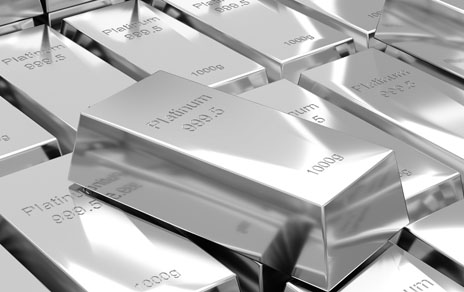Platinum is a dense, silvery-white precious metal that is highly valued for its unique properties. It has a wide range of applications in different industries, including jewelry, electronics, automotive, and medical fields. In this blog, we will explore the history, properties, and applications of platinum.
History
Platinum has been known to humans for thousands of years, but it was only in the 18th century when it was first recognized as a distinct element. The Spanish conquerors of South America first encountered platinum and mistook it for silver. They referred to it as “platina,” which means “little silver” in Spanish. It was not until the 18th century that platinum was recognized as a unique metal and was given its name.
Properties
Platinum is a dense, malleable, and ductile metal that is highly resistant to corrosion and oxidation. It has a melting point of 1,768 °C and a boiling point of 3,825 °C, making it one of the highest melting and boiling metals. Platinum is also an excellent conductor of electricity and has a high resistance to wear and tear.
Applications
Jewelry
Platinum is a popular choice for making high-end jewelry due to its rarity and durability. It is hypoallergenic, making it suitable for people with sensitive skin. Platinum’s luster and white color give it a unique appearance that is highly sought after by jewelry enthusiasts.
Electronics
Platinum is an important material in the electronics industry due to its excellent electrical conductivity, high resistance to corrosion, and low reactivity with other elements. Platinum is used in electronic components such as capacitors, connectors, and thermocouples.
Automotive
Platinum is a crucial component in catalytic converters used in vehicles to reduce harmful emissions. Platinum acts as a catalyst to convert toxic gases such as carbon monoxide and nitrogen oxide into less harmful gases like carbon dioxide, nitrogen, and water vapor.
Medical
Platinum is used in various medical applications due to its biocompatibility and resistance to corrosion. It is used to make pacemakers, dental implants, and other medical devices. Platinum-based chemotherapy drugs are also used to treat cancer.
Fuel Cells
Platinum is a critical component in fuel cells, which are devices that convert chemical energy into electrical energy. Platinum acts as a catalyst to facilitate the reaction between hydrogen and oxygen to produce electricity.
Investment
Platinum is also a popular investment metal due to its rarity and increasing demand in various industries. Platinum is a highly liquid investment that can be bought and sold in various forms such as bars and coins.
Conclusion
In conclusion, platinum is a unique precious metal that has a wide range of applications in different industries. Its resistance to corrosion and high melting and boiling points make it a valuable material in the jewelry, electronics, automotive, medical, and energy industries. Platinum’s rarity and increasing demand make it a popular investment metal as well. The many uses of platinum make it a valuable and important metal in modern society.



















Add Comment